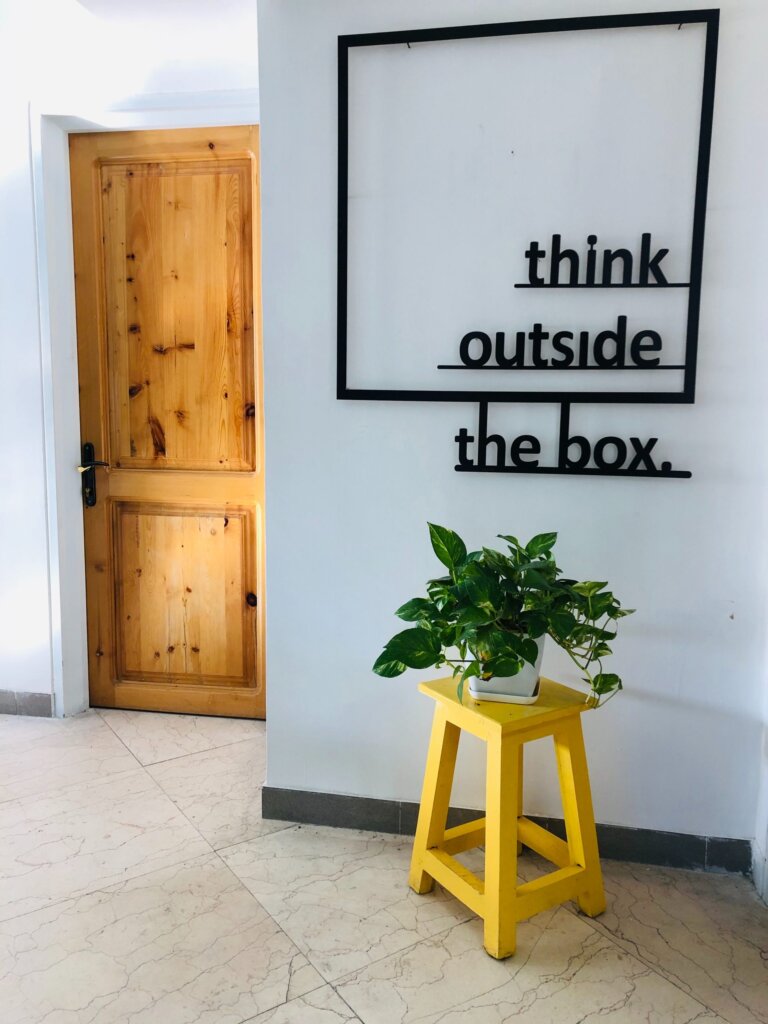HOW LEADERS DEVELOP

Leadership is not an exclusive club reserved for those who were “born with it.” The traits comprising the raw materials of leadership can be acquired. Link them up with desire and nothing can keep you from becoming a leader.
Some people have a more intuitive grasp of how to lead than others. These “natural-born leaders” will always emerge, but their influence hinges upon their ability to supplement inborn talent with learned skills. Ultimately, leadership is developed, not discovered.
The Three E’s of Leadership Development
1) Environment
People accustom themselves to their environment and take cues from their surroundings. In the 1980s, social scientists came up with the broken-windows theory which indicated that the physical appearance of a community affects its crime rate. Run-down properties, widespread graffiti, and trash strewn about in a neighborhood invite crime by signaling that no one is watching and that no one cares what happens. Oppositely, a clean and well-kept neighborhood gives the impression that people are monitoring their community and willing to take action to ensure its safety.
Every organization is permeated by an invisible culture which communicates an unspoken message that shapes its people. As has often been said, “leadership is more caught than taught.” Be attentive to the influence of the following five elements of your organizational environment: habits of social interaction, physical design and decoration, morale / emotional tone, level of intellectual stimulation, and spiritual wellbeing.
2) Equipping
Equipping begins with expectations. Namely, that leadership is influence, that leadership can be learned, and that leaders can multiply their influence by equipping others.
Equipping succeeds with training. Telling is not teaching, and listening is not learning.
We learn to do by doing; training must be interactive.
Equipping continues with teaching. The reward of a teacher is a changed life. Success comes through achievement, but significance results from helping others to grow.
Practically speaking, the equipping process can be broken down into five steps.
Say it: explain the task.
Show it: demonstrate how to perform the task.
Assign it: let the other person attempt the task.
Study it: observe how the person performed the task.
Assess it: offer feedback based on the person’s performance.
3) Exposure
A little exposure trumps a lot of theory. To develop leaders, expose your people to expert practitioners. These real-world educators model how to lead; they set a living example which serves as a source of inspiration. Whereas equipping delivers job-specific training, exposure provides a vision or picture of what successful leadership looks like.
Application Exercise
Grade your organization, from A-F on the Three E’s of people development. For each, list one thing you’re already doing well as well as one way in which you can improve.Grade your organization, from A-F on the Three E’s of people development. For each, list one thing you’re already doing well as well as one way in which you can improve.
More Articles

Do I Believe The Best In Others?

BIG ANNOUNCEMENT!









Be the first to comment on "HOW LEADERS DEVELOP"